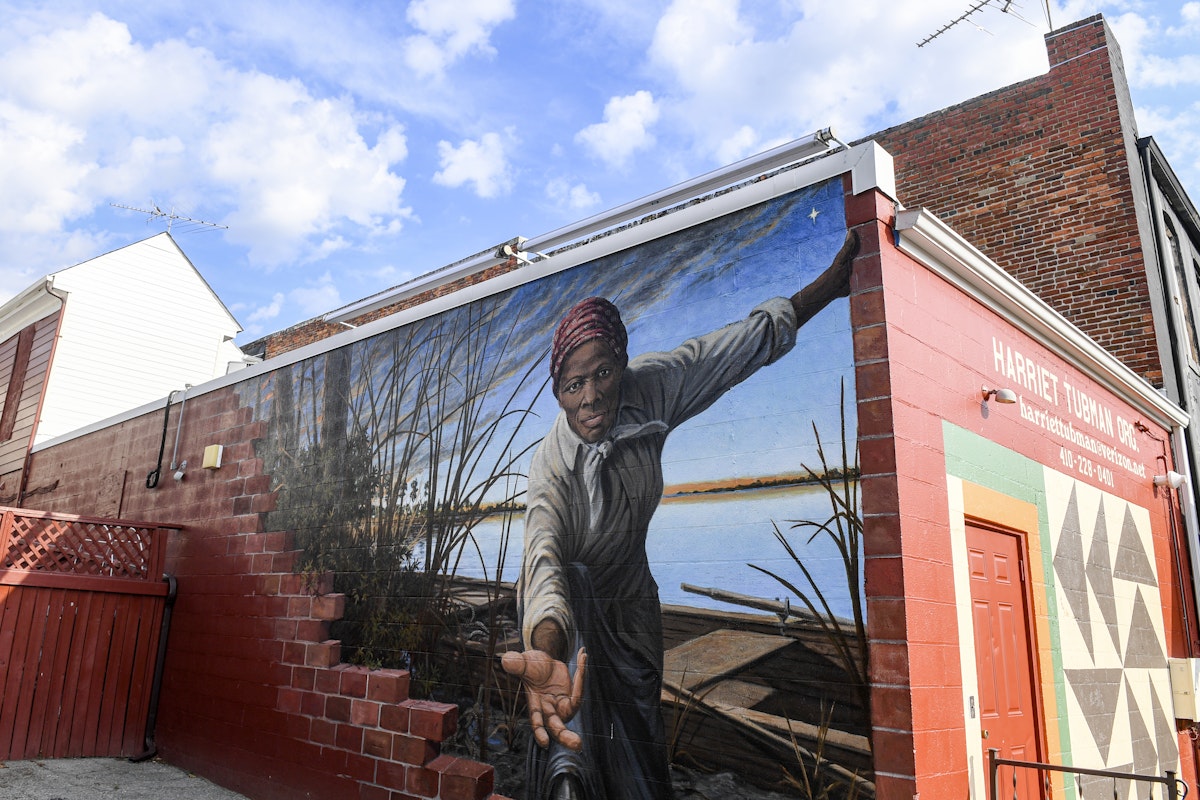
To tell this story, Fields-Black relies on an underutilized archive. The pension files of former Union soldiers, housed at the National Archives, contain, Fields-Black tell us, thousands of pages of testimony from the dependents of Black Civil War veterans, of which there were 186,000, 75 percent of whom were formerly enslaved. Because dependents had to collect a massive amount of evidence from formerly enslaved friends, neighbors, and surviving veterans to receive a pension, these files offer a trove of largely untapped information about enslaved people in their own words. At a time when many scholars of slavery argue that traditional sources only perpetuate the violence of slavery, Fields-Black reminds historians how much is left to discover: she “did not want to write another book about what we don’t and can’t know about enslaved people, because of the gaps, silences, and violence of the archival record.” Instead, she rolled up her sleeves, dove into the archive, and has now produced what is undoubtedly the most authoritative account of this unheralded slave revolt.
Fields-Black begins this story with what occurred on the Combahee rice plantations in the years leading up to the raid. Many of the slaves who would flee to the invading Black army had recently watched their enslavers sell away their family members. As Fields-Black notes, the recent or imminent sale of family members was often the catalyst that drove slaves to escape throughout the antebellum period. In this, the Combahee River “freedom seekers,” as Fields-Black calls escaping slaves, shared much with Tubman. On September 17, 1849, shortly after her enslaver sold her niece, Tubman and her two brothers decided to escape their Maryland plantation. Her brothers got cold feet, leaving Tubman to escape on her own. But it was an agonizing choice: By fleeing on her own, she left behind her husband, parents, siblings, and the familiar Black community in which she was raised.
Fields-Black argues that what made Tubman so exceptional—and what made the Black rebels that invaded the Combahee River plantations so exceptional—was their decision to return to the site of slavery to liberate other enslaved people. Very few Black people who escaped slavery before the war—not Frederick Douglass, not Sojourner Truth, hardly any of the famed Black abolitionists who were once enslaved—risked returning to the slave South to emancipate other Black people. Tubman, most famously, had taken this risk nine times before the Combahee River Raid, as a prominent agent of the Underground Railroad. Indeed, she is best remembered not for her military service but for liberating 70 enslaved people, many of them family members, before the war. Yet her work on the Underground Railroad was only the start of her “revolutionary activities,” Fields-Black writes.